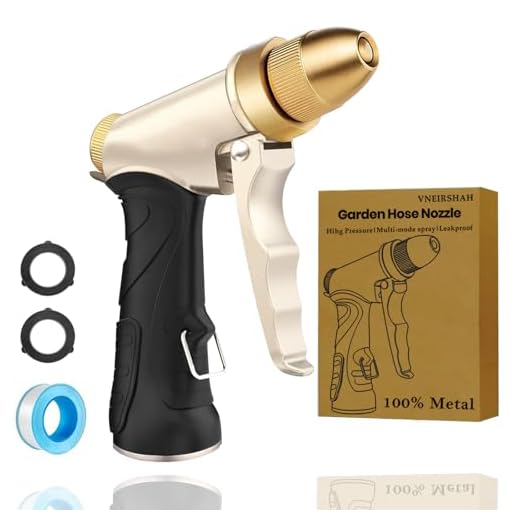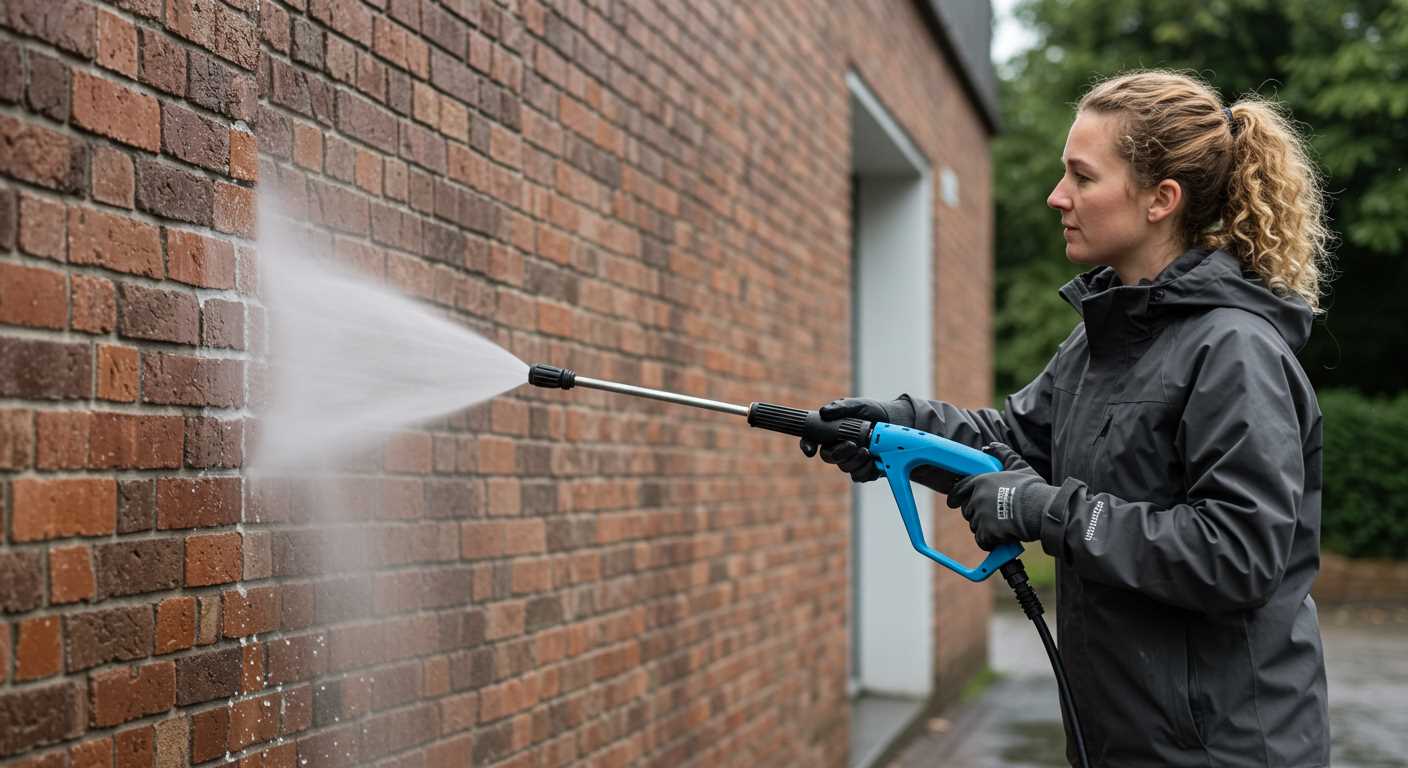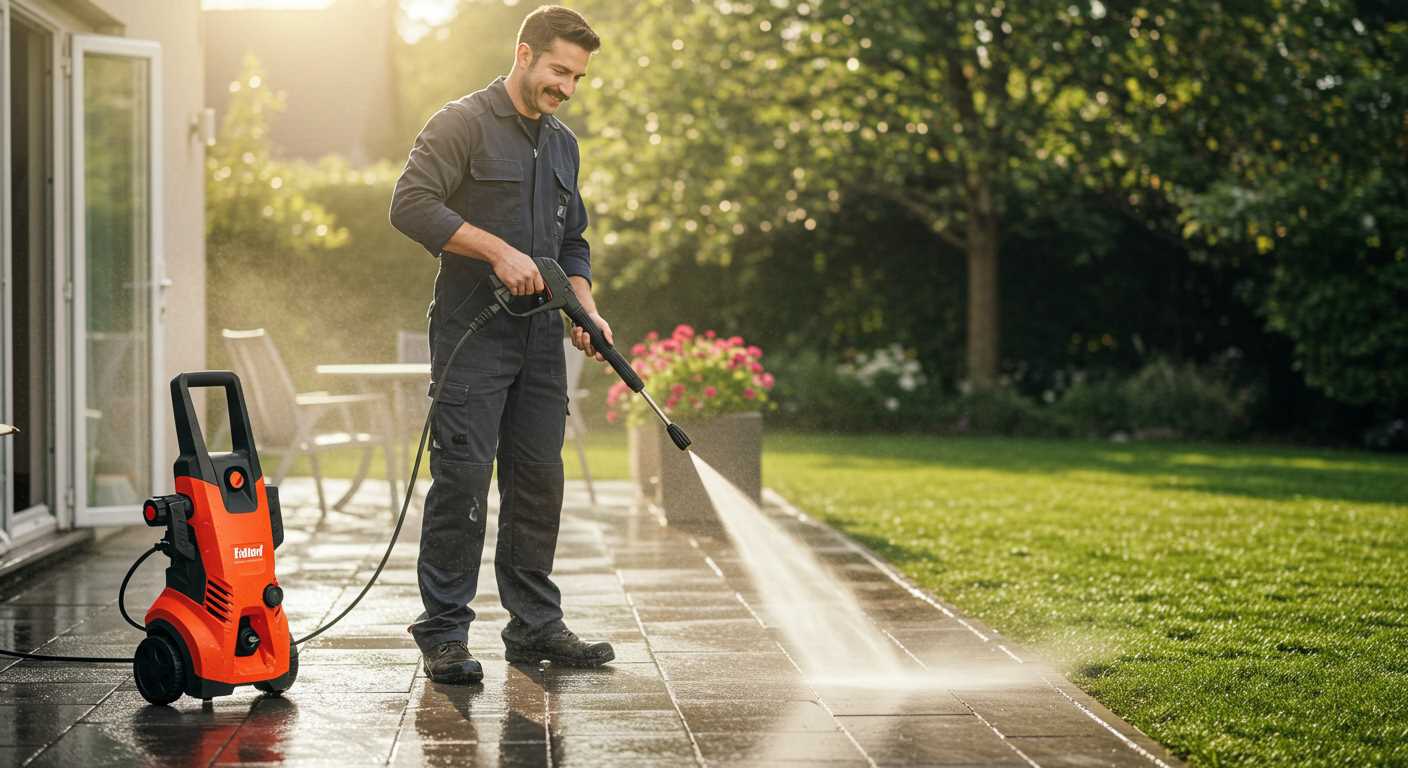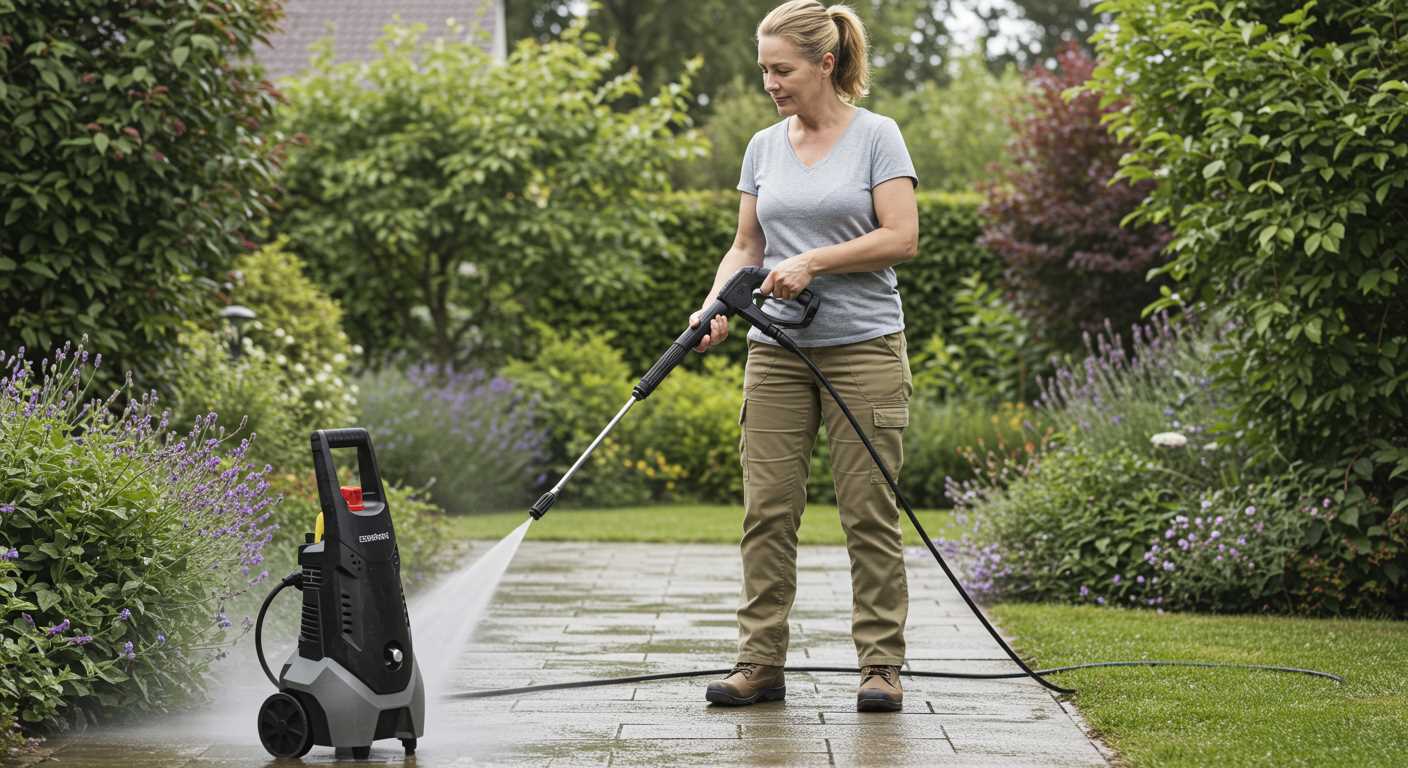



Thorough scrubbing combined with specific cleaning solutions can achieve satisfying results on tough stains and grime on your surfaces. Using a mixture of warm water and a suitable detergent designed for heavy-duty tasks can break down dirt efficiently. A stiff-bristled broom allows for tough spots to be tackled, ensuring a thorough surface treatment.
Utilising a garden sprayer or a bucket with a mop provides a practical approach. Pre-soaking the affected areas with your cleaning solution before scrubbing enhances the efficacy of the process. For stubborn stains like oil or rust, a dedicated degreaser or a rust remover can be applied directly, followed by scrubbing to lift the blemish from the porous surface.
Lastly, rinsing with a hose is crucial to remove any residue from the cleaning agent. A steady flow of water helps to wash away loosened grime, leaving the surface looking significantly fresher. Not every task requires high-pressure techniques; sometimes, conventional methods yield impressive results with a little time and effort.
Understanding the Types of Concrete Stains
Identifying the specific type of stain is crucial for selecting the right removal strategy. Stains generally fall into three categories: oil-based, rust, and organic matter.
Oil-Based Stains
These stains often originate from vehicles or machinery. Common signs include dark spots on the surface. To address these, absorbent materials like cat litter can be used to soak up excess oil before applying a degreaser. Afterward, scrub the area using a stiff brush and rinse thoroughly.
Rust Stains
Often resulting from metal objects left on the surface, rust stains can appear as reddish-brown hues. For treatment, use a rust remover or a mixture of vinegar and baking soda, which creates an effective solution. Apply it directly to the stain, let it sit, then scrub with a wire brush or sponge to lift the rust.
Organic matter stains, typically caused by leaves, food debris, or mildew, may result in discolouration and odour. Using a mixture of water and mild detergent can effectively remove these types. Apply the solution, allow it to penetrate, and scrub the area to restore the original appearance.
Being informed about these stain types equips me to choose the best cleaning method. Each stain requires a targeted approach for optimal results, ensuring surfaces remain in good condition over time.
Household Items for Spot Cleaning Concrete
To tackle specific marks on your surface, several ordinary items can come in handy. Start with a simple vinegar solution. Mix equal parts of white vinegar and water to create a natural acid that effectively breaks down grime and mildew. Apply it directly onto the stains, allowing it to sit for a few minutes before scrubbing with a stiff brush.
Baking soda serves as another powerful tool. Make a paste by combining it with water. This not only provides gentle abrasion but also neutralises acidic stains. Work the paste into the spots and let it rest for around 30 minutes before rinsing with warm water.
Dish soap mixed with warm water can eliminate organic stains such as food or grease. Use this mixture in conjunction with a scrub brush for the best results. For tougher grease, consider adding some baking soda to the soap solution to boost its potency.
For oil stains, try applying cornstarch or kitty litter. These materials can absorb oil effectively. Sprinkle it over the stain, allow it to sit for a few hours, then sweep away the residue and wash the area with soap and water.
| Item | Application | Effectiveness |
|---|---|---|
| Vinegar | Mix with water and apply to stains | Excellent for mildew and grime |
| Baking Soda | Make a paste and scrub | Great for neutralising acids |
| Dish Soap | Mix with warm water for organic stains | Effective for common spills |
| Cornstarch/Kitty Litter | Absorb oil stains | Highly effective for oil |
Each of these household items offers a practical solution for various types of blemishes, allowing for targeted treatment without needing specialised equipment.
Choosing the Right Brushes for Concrete Surfaces
A stiff-bristled brush is vital for effective surface treatment. Opt for a robust nylon or wire brush, as these materials can handle stubborn grime without damaging the underlying surface. For general cleaning tasks, a brush with synthetic bristles provides durability and flexibility.
Types of Brushes
Consider different types of brushes based on the task at hand. A hand brush is perfect for small areas or spot treatment, while a push broom style is better for larger expanses, allowing for quicker coverage. For very stubborn stains, wire-bristled options can provide the necessary abrasion to loosen dirt.
Size Matters
The size of the brush head impacts cleaning efficiency. A larger head covers more area, saving time, but may not reach tight spots. Smaller brushes excel in corners and edges. Select the brush size that complements the specific cleaning zones of your surfaces.
Using Soaps and Detergents for Concrete Cleaning

For efficient removal of dirt and grime from surfaces, selecting the right soap or detergent is crucial. A combination of a degreaser and a general-purpose cleaner often yields excellent results. For stubborn stains, a targeted product designed specifically for outdoor surfaces can be particularly effective.
Utilising a biodegradable soap not only ensures a safe cleaning process but also minimises environmental impact. Look for options that are formulated to lift oil, grease, and other tough residues. Mixing one part soap with ten parts water creates an effective solution for initial scrubbing tasks.
In addition, using a pH-neutral cleaner helps maintain the integrity of the surface while still providing a deep clean. Always test on a small, inconspicuous area first to avoid any adverse reactions. For persistent stains, consider letting the soap sit for 10 to 15 minutes before scrubbing; this allows it to penetrate deeper into the grime.
After applying the solution, rinsing thoroughly with a garden hose ensures all residues are removed, reducing the likelihood of a slippery finish. Follow this with a quick pass with a soft brush to dislodge any remaining dirt. The combination of the right soaps and proper technique can lead to remarkable results.
Make sure to follow up with regular maintenance. Frequent applications of a mild detergent can help prevent the buildup of future stains, making the cleaning process easier each time. This approach not only preserves the appearance of the surface but also extends its lifespan.
How to Use a Hose with a Nozzle for Cleaning

A hose equipped with a nozzle can be incredibly handy for removing dirt and stains from various surfaces. Follow these steps to make the most out of this approach:
Select the Right Nozzle
- Use a fan spray setting for general rinsing.
- Opt for a concentrated stream for tougher stains.
- Adjustable nozzles offer greater flexibility for different tasks.
Steps to Follow
- Connect the hose to a water source and ensure there are no leaks.
- Attach the nozzle securely; test the spray before starting your task.
- Wet the area thoroughly to loosen accumulated grime.
- Apply soap or detergent if necessary, and allow it to dwell for a few minutes.
- After the wait, use the nozzle to rinse the surface, starting from one end and moving to the other to ensure complete coverage.
- Inspect the area after rinsing and repeat if any stubborn spots remain.
If the surface is particularly gritty, using a stiff brush in combination with the hose can enhance the results significantly. This dual-action technique helps dislodge debris effectively.
Step-by-Step Guide to Removing Oil Stains from Concrete
For tackling oil stains on your surfaces, follow these precise steps to achieve effective results.
Materials Needed
- Absorbent material (kitty litter, sawdust, or cornstarch)
- Dish soap or a specially formulated degreaser
- Hot water
- Stiff brush or broom
- Bucket
- Garden hose with nozzle
- Optional: vinegar or baking soda for extra lifting power
Procedure
- Absorb Excess Oil: Immediately after an oil spill, cover the stain with an absorbent substance. Leave it for several hours or overnight to soak up the oil.
- Brush Off Residue: After the absorbent has done its work, sweep up the material with a stiff broom or brush. Ensure all remnants are removed.
- Prepare Cleaning Solution: Mix a generous amount of dish soap or degreaser with hot water in a bucket. This combination aids in breaking down the oil.
- Apply Solution: Pour the soapy water directly onto the stain, ensuring full coverage. Allow it to penetrate for about 10 to 15 minutes.
- Scrub the Area: Use a stiff brush to agitate the stained area. Apply firm pressure, working in circular motions to help lift the stain.
- Rinse Thoroughly: Use a garden hose with a nozzle to wash away the soap and loosened oil. Make sure to remove all cleaning agents from the surface.
- Inspect and Repeat: After rinsing, check the area. If the stain persists, consider reapplying the cleaning solution and repeating the scrubbing process.
- Final Touches: For stubborn stains, a mixture of vinegar or baking soda can provide additional cleaning power. Apply, scrub, and rinse as previously described.
Regular maintenance, including promptly dealing with spills and occasional deep cleaning, can prevent the buildup of stains on your surfaces. Following these steps ensures a cleaner and well-maintained area.
Drying and Finishing Techniques after Cleaning Concrete
To achieve a flawless finish post-cleaning, drying is critical. For optimal results, allow the surface to air dry completely. This may take several hours, depending on humidity and temperature. Avoid walking on the surface until it’s fully dry to prevent marks or smudges.
Using Absorbent Materials
For quicker absorption, use towels or rags to blot excess moisture, especially in areas prone to puddling. Natural materials like cotton work well. Avoid synthetic options as they may leave residues.
Sealing the Surface
Once dried, applying a concrete sealant enhances durability and helps resist future staining. Select a sealant suitable for your specific concrete type. Follow the manufacturer’s instructions regarding application and drying times for the best protection.
Maintaining Clean Concrete Surfaces Long-Term
Regular maintenance is key. Establish a routine schedule for upkeep, ideally monthly, to prevent the buildup of grime and stains. Use a broom or blower to remove debris before it settles. This simple habit significantly reduces the effort needed during deep cleaning sessions.
Sealing and Protecting

Applying a quality sealant after thorough washing helps to create a barrier against future stains. Choose the right sealant for the specific type of surface. Reapply every one to three years, depending on the product used and local weather conditions. This extends the life of your surface and keeps it looking fresh.
Addressing Stains Promptly
Immediate attention to spills is crucial. Wipe up liquids quickly and use absorbent materials like sawdust or kitty litter for oil and grease. Utilize alkaline cleaners for organic stains and be aware of the unique requirements of various substances, ensuring each stain type is treated correctly. This approach minimises permanent discolouration.









